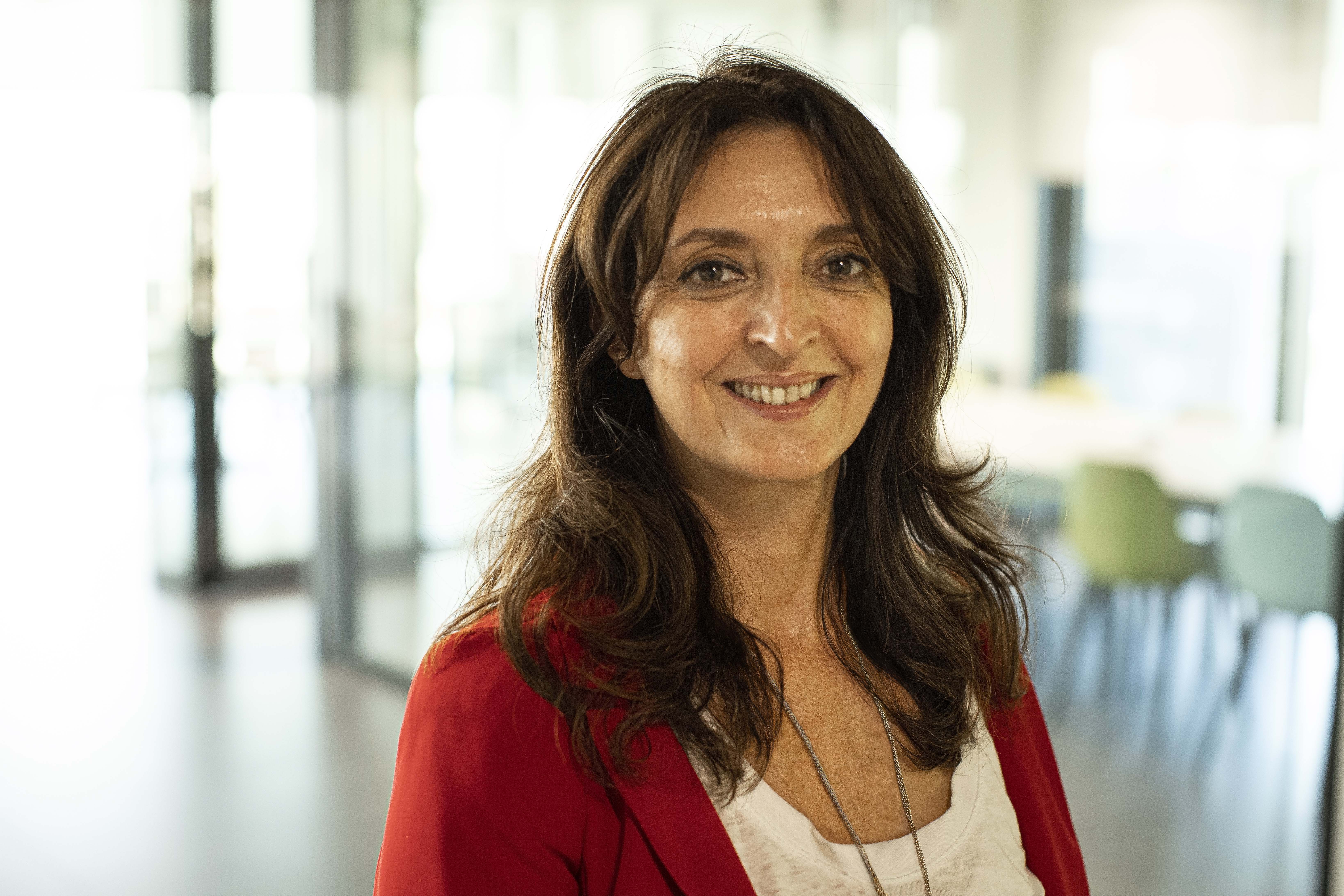Covivio Newsletter
Understanding tomorrow's city
- Find out all the Covivio news every month
- Discover our latest projects: offices, residential, hotels
- Decipher the city and its challenges with our Expert Views
“Well-equipped” rooms previously sufficed to create an environment conducive to productivity. But while the material aspect is still a key component of well-being, companies now have to juggle with other less rational but equally important criteria, namely, emotions”. Céline Leonardi, Head of leasing for Covivio and Head of Wellio, reminds us that: “People are social animals: they go back to the office because they want to see each other and be together”. But is that the only reason we are returning to the office? In this post-Covid era, we have witnessed a resurgence of one of the most essential human needs (Maslow’s pyramid): a sense of belonging. The office is (once again) becoming a quintessential arena of social contact, allowing each of us to be part of a project and a team.
Businesses have understood this well: employees need to appropriate their workspaces. This principle was taken into account by Fastweb, which involved 300 of its employees in the architectural planning process for the construction of its new offices.
They pushed back the walls! They got showers in the buildings, they were able to choose the furniture… each change was made with the voice of the employees.
Luciana de Laurentiis
Head of Corporate Culture & Inclusion at Fastweb

Companies also need to subtly fine-tune spaces in order to make their employees feel at home. Ghislain Phan Dinh, Workplace Strategy Manager at Doctolib, underlines the importance of cultural factors: “Between Berlin and Milan, we don’t look at communal spaces in the same way.”
Like Facebook and social platforms in the broader sense, the office is becoming a transversal space that is open to the world and capable of forging links beyond its own walls. Doctolib, for example, which runs an application for online medical appointments, has turned its offices into showcases which practitioners are invited to visit. Sharing sessions are organised, allowing doctors to meet their peers and “Doctolibers”. The aim is to create social ties and foster the sense of belonging to a community in every person. This is what Céline Leonardi called “the need to decompartmentalise spaces”. Can the office become a shared space? In that case, what would the new boundaries of the office be? Indeed, could we even still talk about an “office”?
Apart from redefining the place, the transformation of the office into a social platform could prompt other questions, particularly regarding its social impact. Aurélie Deudon, co-founder of Ultra-Laborans: “Yes, the office is an object with a social impact, in our companies, cities and regions, and we know how to calculate its economic or energy impact. But nowadays, who knows how to measure and value the social impact of the office?” A consideration that could open up a whole new field of possibilities for analysing and designing office spaces.
These reflections are taken from the round table organised by Covivio during the SIMI 2022 awards in Paris.